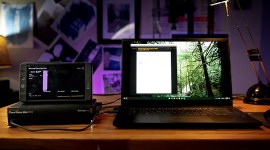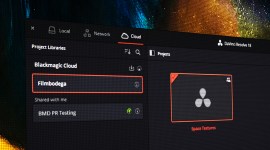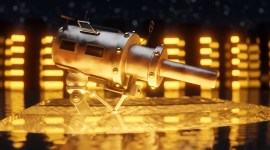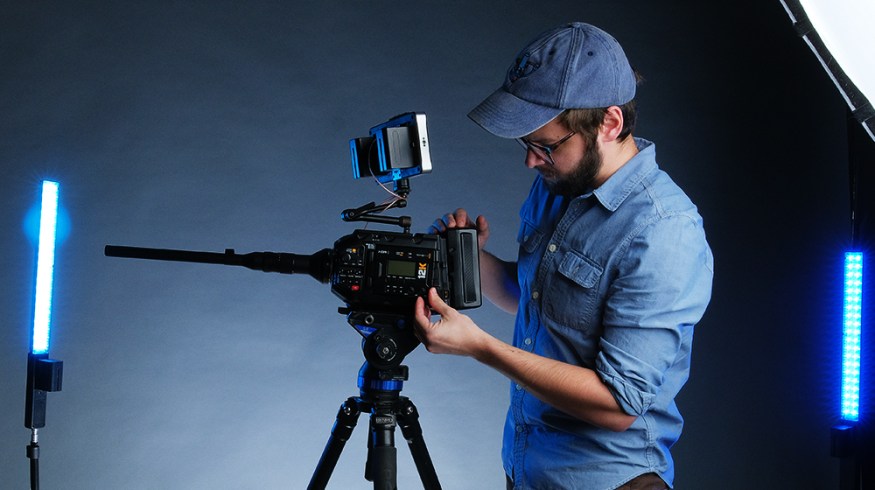
The Ultimate VFX Camera: Blackmagic URSA Mini Pro 12K Review
What can you really do with 12K footage? Let’s experiment with the Blackmagic URSA Mini Pro 12K and find out.
I’ve been a fan of Blackmagic Design’s cinema cameras for quite some time.
When I first heard about the new Blackmagic URSA Mini Pro 12K, I was quite surprised. I hadn’t heard of a camera manufacturer making a technological leap on that level probably since the announcement of the low-light capabilities of the original Sony a7S.
Blackmagic could have stopped at 8K, or even 10K. However, they thought, “12K is a good number—lets go with that.” While such a high resolution may seem needless in today’s video marketplace (why would I need that much resolution?), and perhaps even irresponsible (can my machine even handle 12K footage?), they really pulled it off on all counts.
Turns out 12K footage has its uses. I ran some experiments to find some uses of my own.
From more obvious utilities like re-framing in post, to using the camera as a texture gathering device for building CG assets, there are quite a few fun uses for 12K resolution footage, particularly for VFX and compositing.
I think the unsung hero of this whole equation is the codec and color science that make 12K raw footage possible, when in a lot of ways you wouldn’t expect it to be.
Here are my thoughts on the Blackmagic URSA Mini Pro 12K.
A Sensor Unlike Any Other

Blackmagic developed the sensor for this camera themselves. That aspect of the camera is definitely one of the more intriguing aspects, in my opinion. Generally speaking (in simplified terms), from camera to camera, the sensors are all relatively the same. It’s the way the camera processes the colors and information (de-mosaic algorithms, etc.) that creates that camera’s specific look.
This camera has a different “pattern” on its sensor than any cinema camera that I currently know of. For years, the standard pattern for sensors has been called a “Bayer pattern.” This pattern consists of 50% green photo-sites, 25% red, and 25% blue. Generally, this means that whatever your camera’s advertised resolution is, you can multiply that by .7 and get the true resolution.

The sensor that Blackmagic developed for this camera doesn’t use a Bayer pattern. In fact, it has an equal number of red, green, and blue photo-sites (and the addition of “clear” photo-sites for gathering general luminance values). This is definitely a part of what allows the camera to maintain the same field of view and quality, whether you’re shooting 12K, 8K, or 4K. This also adds quite a bit of utility for VFX purposes and green/blue screen work, as the colors will be quite accurate across the entire range, as well.
The resolution at all stages is the true resolution as it relates to color and sharpness. That’s extremely unique.
A RAW Codec Unlike Any Other

Blackmagic RAW (or BRAW) is already pretty legendary. It has garnered nothing but adoration since it’s release. It’s extremely nimble and relatively small, provides fantastic quality, and there are plenty of options for the compression ratios and how you want to use it.
If you’re a fan of Blackmagic RAW, then you have this camera to thank for it. They developed the entire codec so that a 12K camera would even be a feasible possibility. They set their intention to make this camera, and knew that they’d need a codec that could handle it.
This camera doesn’t have any options to record in ProRes or any other codec. You can only shoot in Blackmagic RAW. That’s because for the new sensor to work properly, there has to be some partial de-mosaicing in-camera, and the sensor’s data can only be processed in that way.
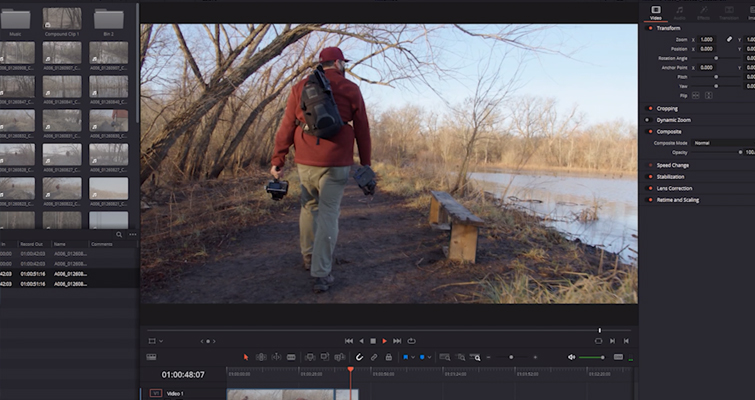
Perhaps the most impressive thing about the entire aspect of shooting 12K footage is that when loaded into DaVinci Resolve, my (admittedly modest) machine can actually play it back with a lot less struggle than you’d expect.
I get the sense that this ecosystem (bespoke homemade sensors and the BRAW codec) is all intentional, the way of the future for Blackmagic, and will be around for quite some time.
A Camera System that Can Handle It

If you’ve ever used any of the other URSA Mini line of cameras, you already know these cameras are amazing.
You’ve got all the pro cinema camera goodies you need. ENG-style controls on the outside of the camera, built-in Neutral Density filters, plenty of professional inputs and outputs from 12G/3G SDI to a USB-C data port so you can hook up your SSDs for external recording. For the most part, this is pretty much the same user experience as the URSA Mini Pro G2. Which, definitely isn’t a bad thing.
One thing that’ll definitely be a bottleneck early on for shooting with this camera at 12K is the recording media. You definitely need extremely fast media. I have two CFast cards that top out at 520MB/s. In order to shoot in 12K at even 18:1 compression in 48fps required me to use a setting in the camera that allows tandem recording for two cards at the same time (one card gets a .BRAW file and the other gets a .BRAW2 file). It splits each video file onto two different cards. To see the footage in resolve, the footage needs to be in the same directory and it’ll be read as one file. A mild inconvenience, but enough to cause a second thought when setting the resolution for a project.
You can also use faster external SSDs for recording, or simply use the fastest cards you can find.
Footage from the Future
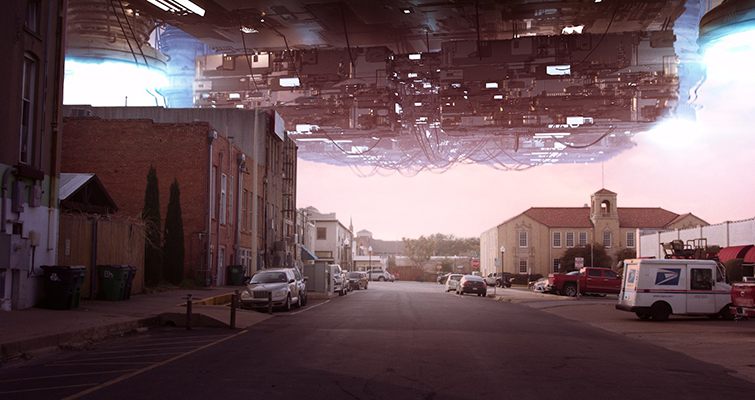
One of the more common takes I heard when this camera was released was: “Why would you need 12K footage?”
Aside from the fact that you can totally use this camera to shoot in more standard resolution sizes—like 6K or 4K—there are still some arguments to be made for the utility of 12K footage for specific applications.
Re-framing in post is an obvious application, where you could potentially shoot a two-shot, then turn them into three shots in post (a single on both subjects, with the two-shot as the third).
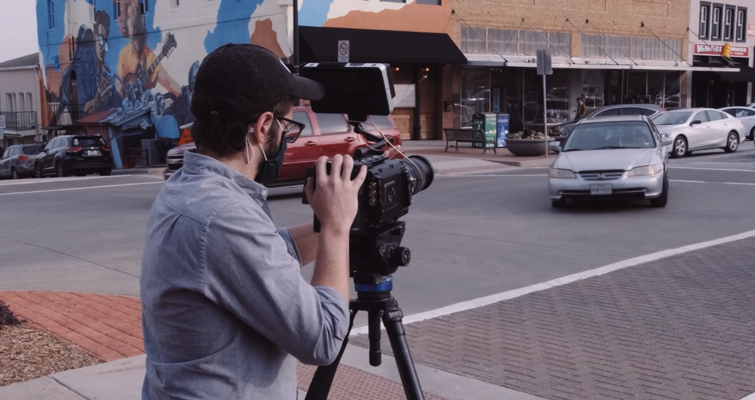
When shooting plates for VFX work, more resolution is almost always better. It gives you more wiggle room to make decisions in post, and it also helps you to gather plenty of assets and texture to use for creating high-end composites.
As virtual production becomes more and more standard, working with 12K-projected back-plates is definitely more ideal than needing to shoot and stitch multiple shots.
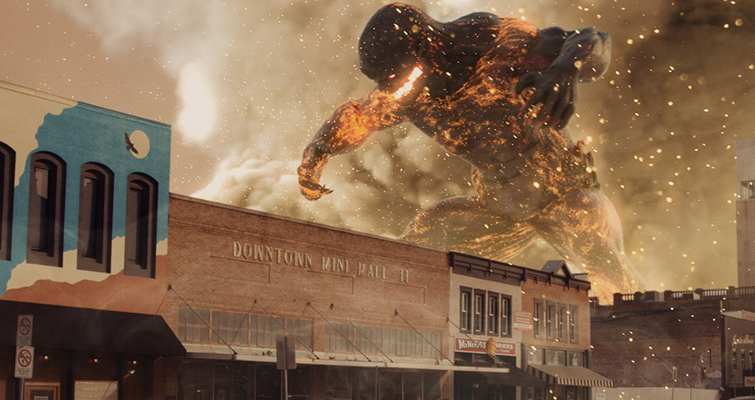
If you’re a nature photographer, then this is potentially the camera for you. You can create dynamic shots that perfectly follow an animal or bird, and re-frame the same shot multiple times to create a whole sequence from just one shot. I kept barely missing perfect shots of birds, but was able to re-frame them in post to save the shot entirely.
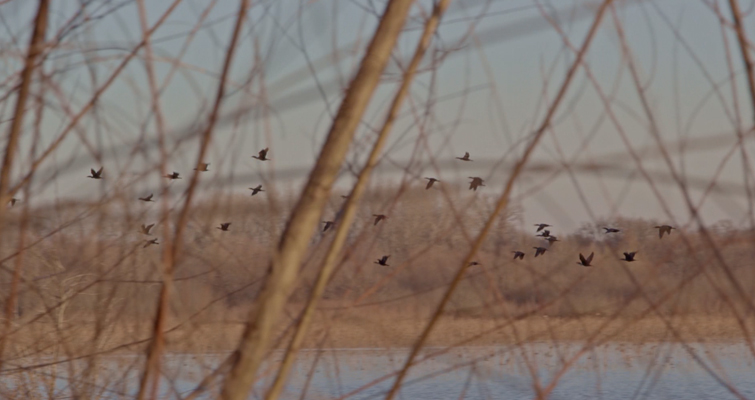
The thing about shooting 12K is that there aren’t really any lenses that can even support that kind of resolution. So, if you’re shooting for 12K, you’re going to want the sharpest lenses you can find. I went with Sigma art lenses mostly, and got pretty decent results, for the most part. I have a strong feeling this will begin to change as all cameras start trying to match this resolution.
A Camera Ahead of Its Time
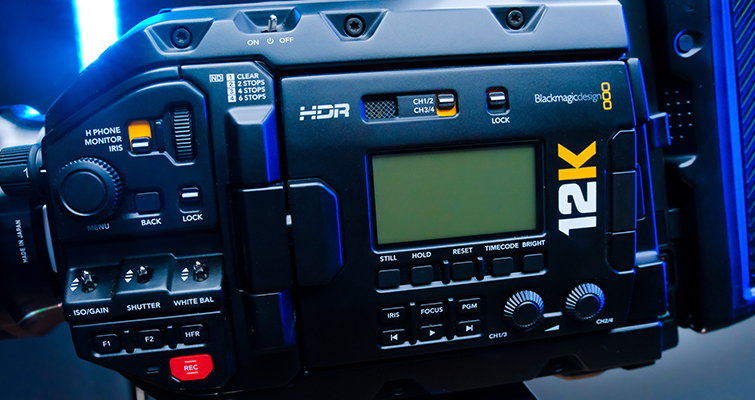
For me, this camera represents a flag planted firm in the ground. They were the first to get to this resolution, and they really did it right. They built the right color science, they built the right sensor, and they built the right codec. It’s all very feasible and it works surprisingly well. They built it so it all works together. I can edit it without my computer melting, and it looks really good. That’s enough for me.
It’d be one thing if they skimped on other aspects of the camera, but they didn’t. We still have the fourteen stops of dynamic range (far more important than resolution to me). We still have all the features we already liked. They made BRAW, which is pretty much a perfect codec. They made their Gen 5 color science, which fixes a lot of the commonly mentioned Blackmagic color issues.

This camera feels like a passion project. They did it because they wanted to see if they could. I’ll never be mad about a company pushing the boundaries and moving the industry forward. It keeps the whole industry on its toes, opening up new avenues for experimentation for the user.
The rest of the camera world will certainly take a while to catch up, and it won’t be extremely practical to shoot 12K footage on a larger scale for quite some time. It’s just super cool to me, though. If you want to shoot 12K footage, you can.
Who knows what comes next?
For more gear reviews, tips, and advice, check out these articles:



